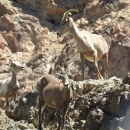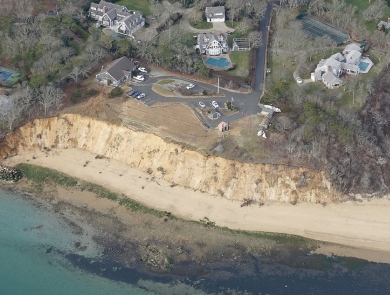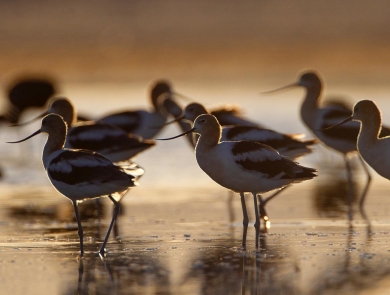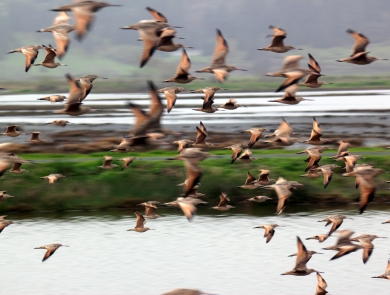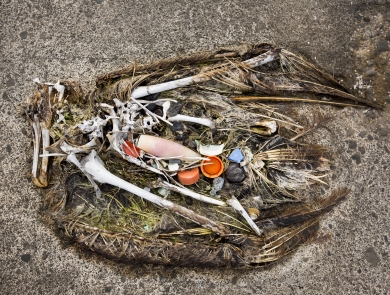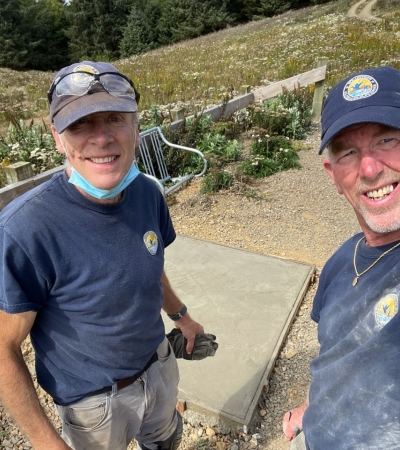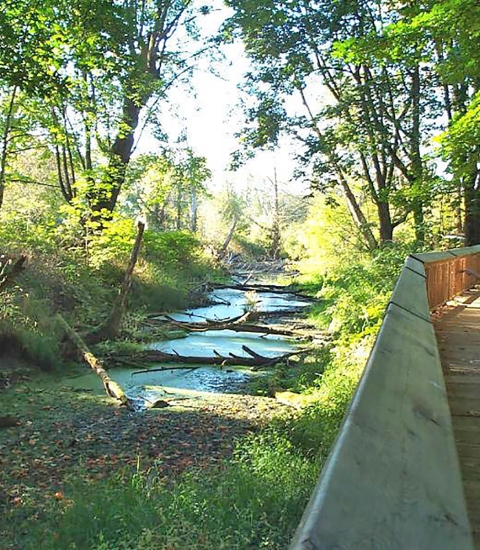Facility
Location
12812 N Wildlife Way
Yuma, AZ 85365
United States
Volunteer Position Overview
About This Position
Imperial NWR was established in 1941 and protects 25,768 acres and 30 miles of wildlife habitat along the lower Colorado River. In 1938, Imperial Dam was completed on the river north of Yuma, Arizona. The waters stored behind the dam formed numerous backwaters and marsh areas along the edges of the river. These wetlands provide excellent resting, feeding, and nesting habitat for a variety of migratory birds and other wildlife. Imperial is one of three refuges (Cibola, Imperial, and Kofa NWRs) that make up the Southwest Arizona National Wildlife Refuge Complex.
The refuge is seeking 2-4 volunteers to assist with a variety of opportunities. Primary duties include staffing the Visitor Center, answering phones/directing calls, and responding to visitor inquiries. In 2023, Imperial Volunteers revamped the community outreach events for the refuge. Volunteers will help coordinate bird and nature walks, night sky events and guided hikes, Other duties include assisting with general maintenance of facilities/grounds, vehicles, and equipment. Applicants must be willing to assist with both Visitor Center/administrative duties as well as general maintenance duties to be considered. The work schedule is variable and applicants must be available to work weekends. Volunteers may have opportunity to assist Kofa and Cibola National Wildlife Refuges as well.
A valid driver's license is required. Completion of a defensive driving course (training is provided) is required in order to operate government vehicles. A fingerprint background check is required in order to access non-public areas of the refuge. Knowledge of avian species preferred but not required.
In return for 24 hours of work per week per person, we will provide a full hookup RV site (30-50a, water and sewer hookup) at Imperial NWR. The refuge is seeking volunteers for approximately a five month stay (November 1 through April 1, with some flexibility on start/end dates).
For additional information, contact Wildlife Refuge Specialist, Annalily Lopez by email annalily_lopez@fws.gov or call (928) 430-0701.
Duties/Activities
Stories About Volunteering
Other Ways to Work with Us
Are you looking for something different than a volunteer opportunity? The Fish and Wildlife Service employs around 9,000 people nationwide and offers great internship opportunities every year.
